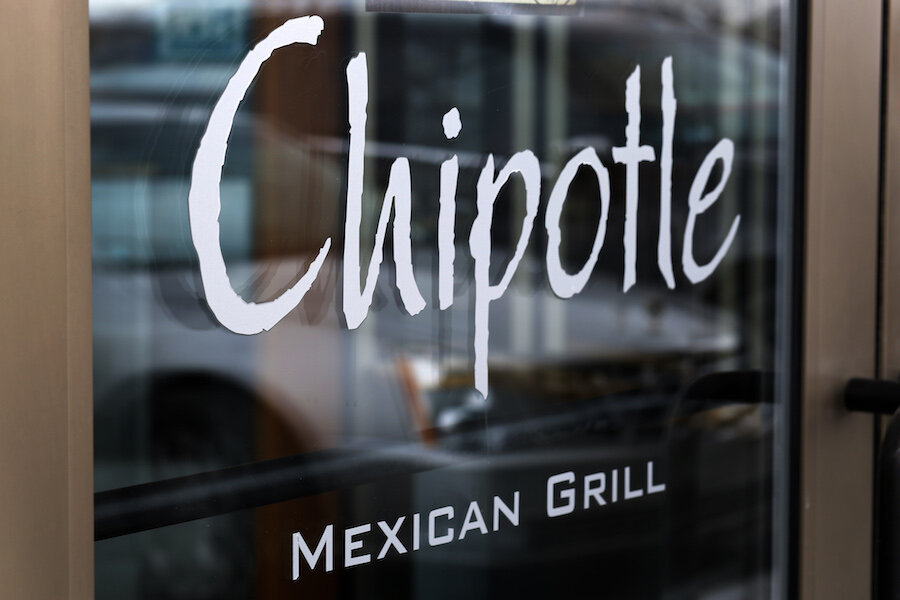Chipotle now linked to E.coli in nine states
Loading...
| Los Angeles
The E. coli outbreak linked to Chipotle Mexican Grill Inc has expanded to three more states, bringing the total to nine, and 47 of the 52 people affected say they ate at the popular burrito chain before falling ill.
The Friday update from the U.S. Centers for Disease Control and Prevention added four new cases linked to Chipotle, which has been taking steps to tighten up its food safety.
Shares in Chipotle, which slid 5 percent before paring losses, were down 3 percent at $548.13.
Investigators added Illinois, Maryland and Pennsylvania to the list of states reporting illness on Friday. The other affected states are California, Minnesota, New York, Ohio, Oregon and Washington.
The source of the E. coli O26 outbreak is still unknown. Investigators suspect a fresh produce item that was shipped from one location to multiple restaurants.
The seven new cases came from California, Illinois, Maryland, Ohio, Pennsylvania, and Washington. Two of the illnesses started in October, and five started in November 2015, suggesting that the outbreak was not as short lived as previously thought.
Of the three most recent illnesses reported in November, only one ill person reported eating atChipotle in the week before their illness began, CDC said.
Chipotle's enhanced food safety efforts includes testing all fresh produce before it is shipped to its restaurants and additional training for staff, the company said on Friday.
E. coli is among a vast array of bacteria that live in the human gut and which generally cause no problems. But some strains can cause serious symptoms and even be life-threatening, and are spread by oral contact with fecal matter.
There is a growing trend among restaurants, as with Chipotle, to use more fresh, unprocessed food. While that may be good for nutrition, experts say it raises the risk of foodborne illness because cooking kills pathogens that cause illness.
An estimated 48 million Americans get sick each year from foodborne diseases. Of these, 128,000 are hospitalized and 3,000 die each year, according to the CDC. Only about 40 percent of reported foodborne disease outbreaks from 2002 to 2011 were solved, according to the watchdog group Center for Science in the Public Interest.
(Reporting by Lisa Baertlein in Los Angeles; Editing by David Gregorio)





